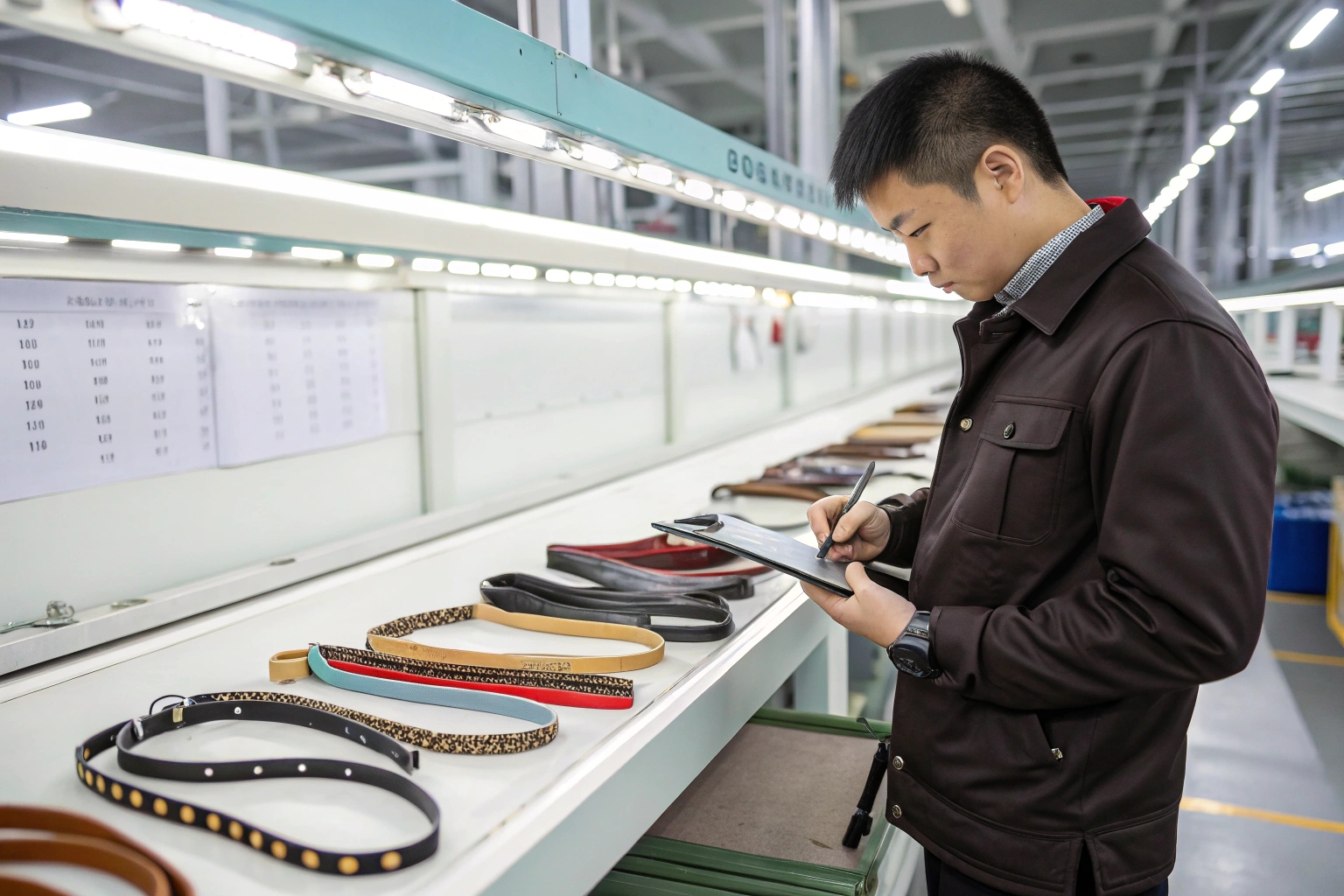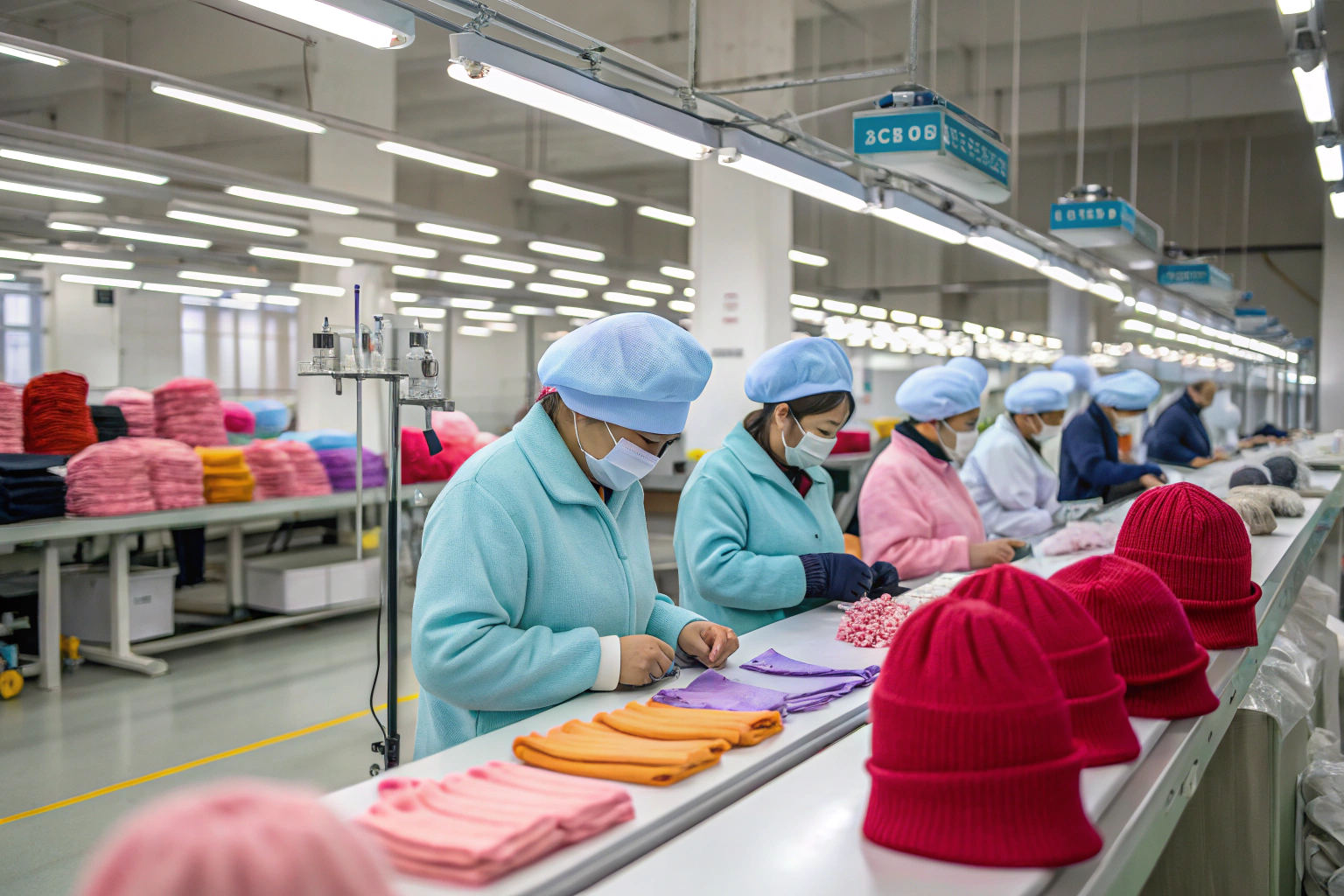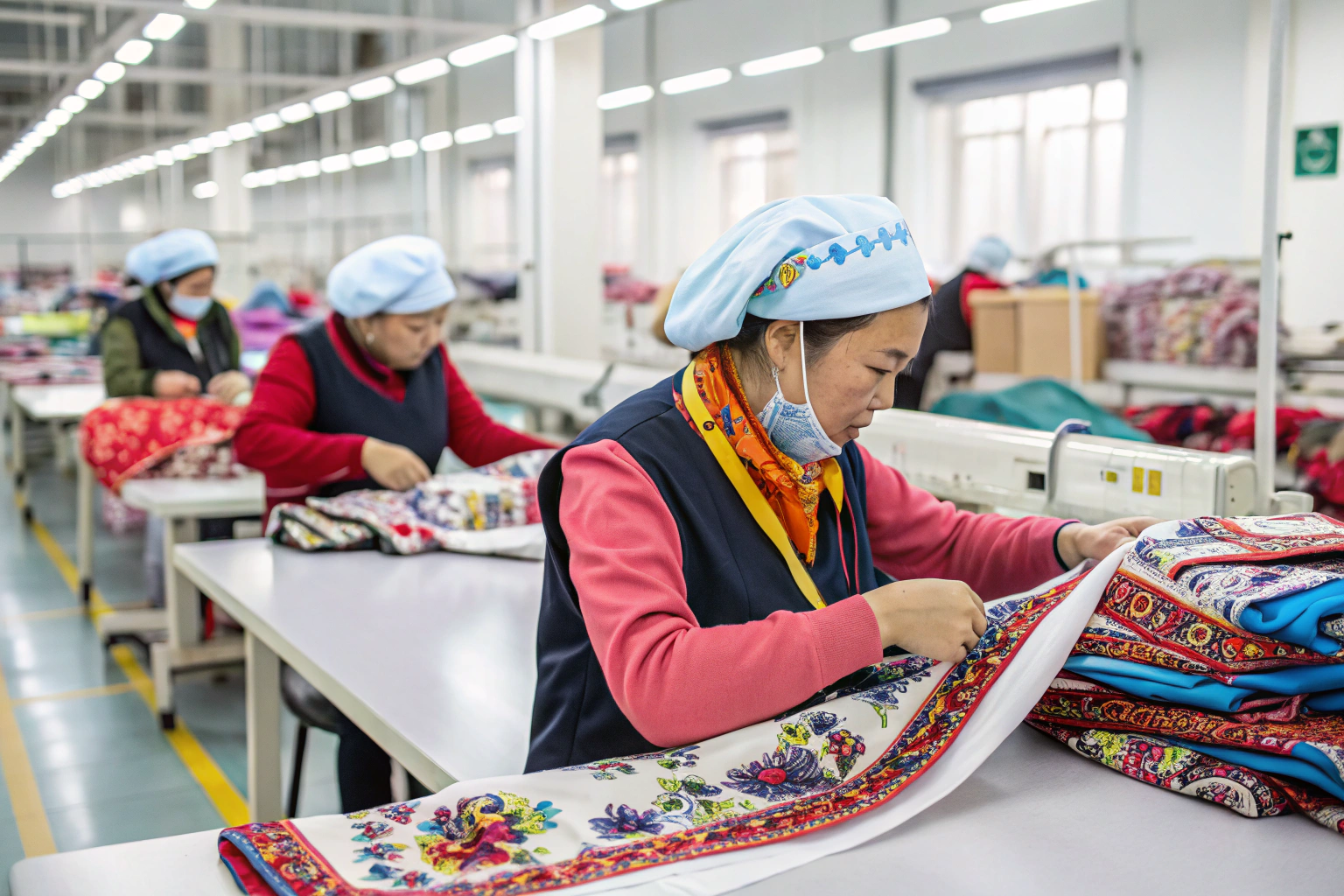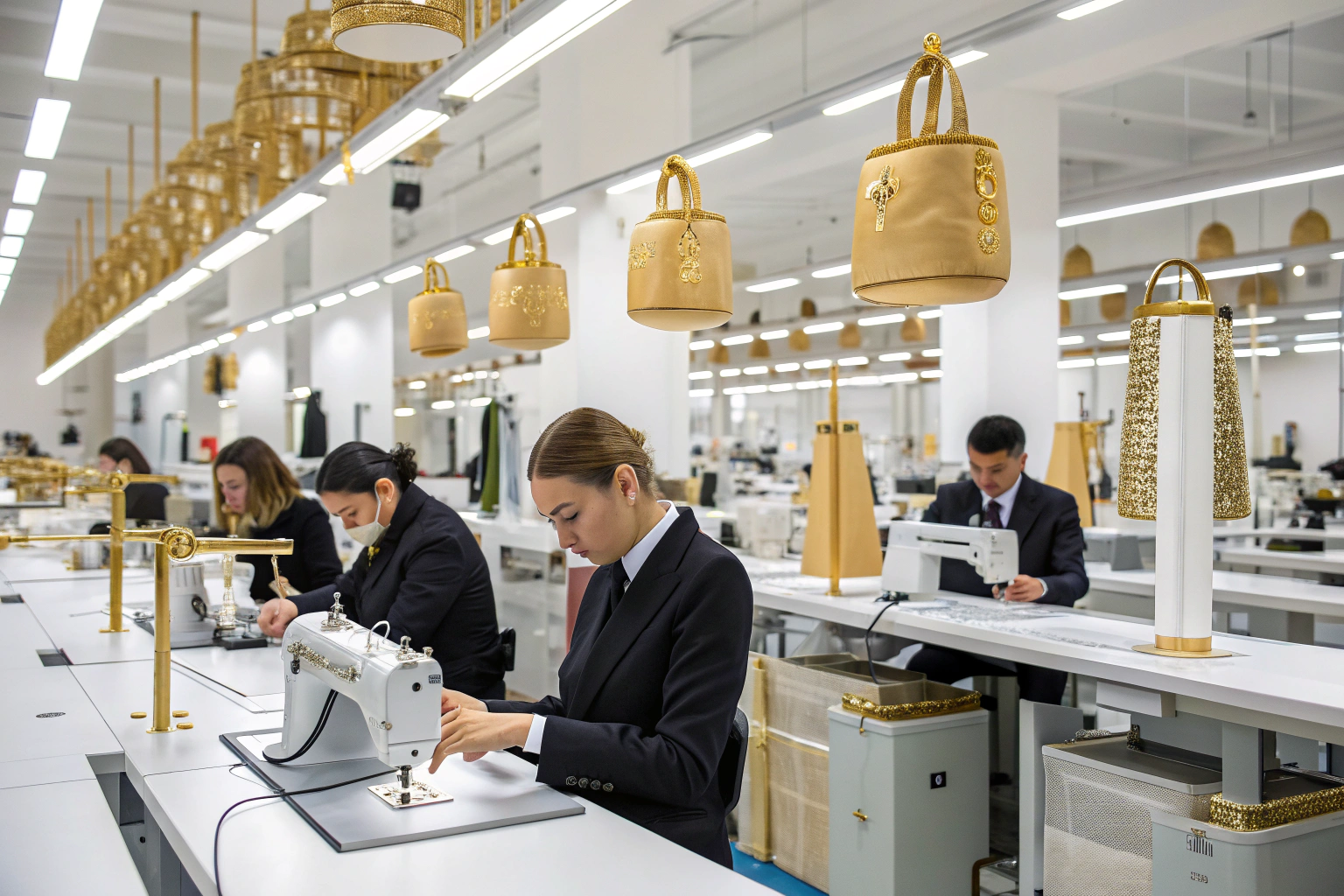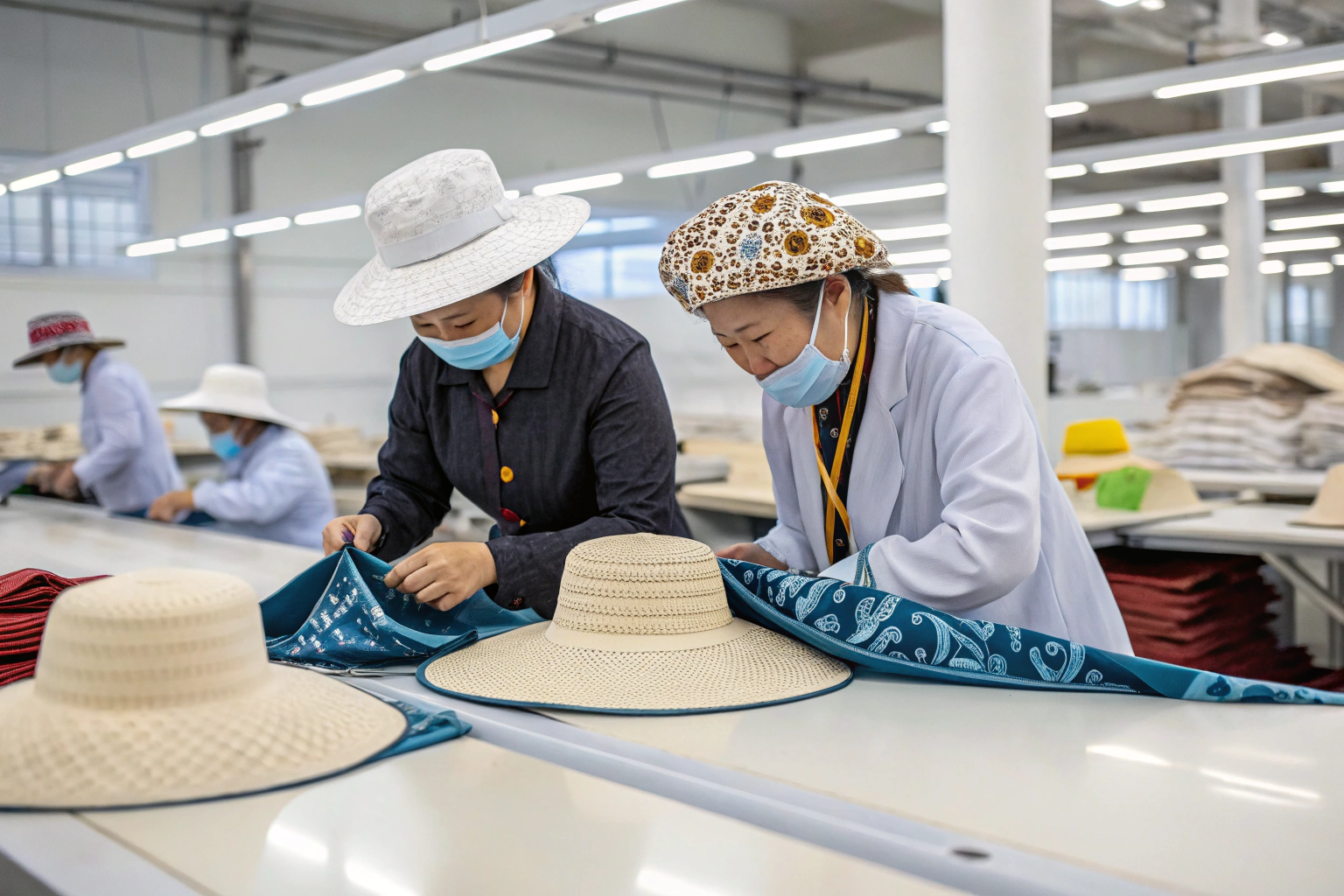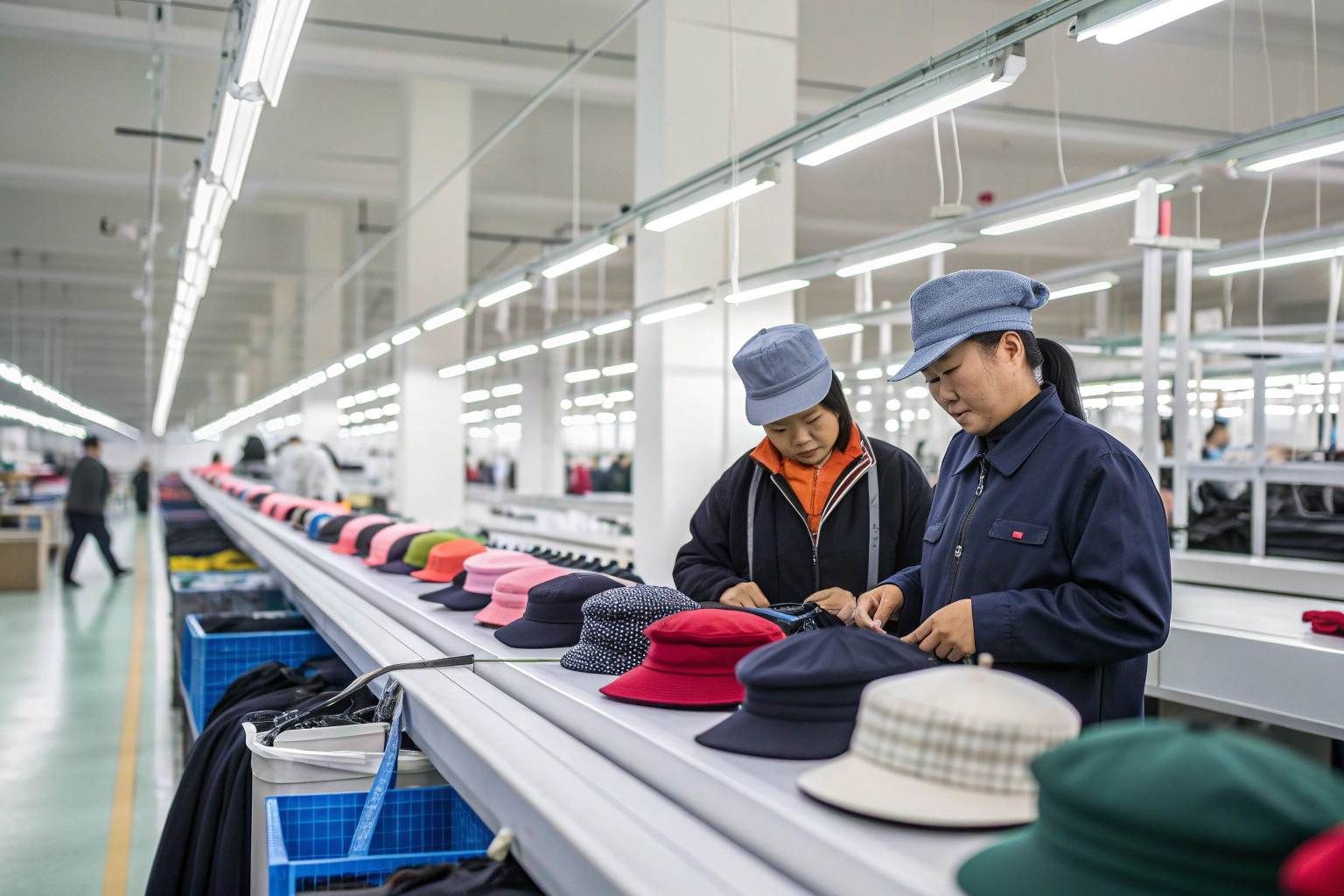Production delays, returns, and customer complaints often come from poor product quality. That’s why solid quality inspection during manufacturing isn’t just a routine—it's essential.
The best practices for quality inspection include understanding the types and methods of inspection, implementing quality control stages, and integrating a reliable system that ensures consistent product standards from start to finish.
If you're working with overseas manufacturers, especially in the accessories industry like we do, having strong, clear quality inspection practices can be the difference between building long-term buyer trust and facing costly rejections.
What are the 4 types of quality inspections?
Quality issues can show up at any stage of production. Ignoring them can result in wasted time, resources, and customer trust.
The four types of quality inspections are: pre-production, during production, pre-shipment, and container loading inspections. Each type targets different risks and timing to ensure issues are caught early and often.
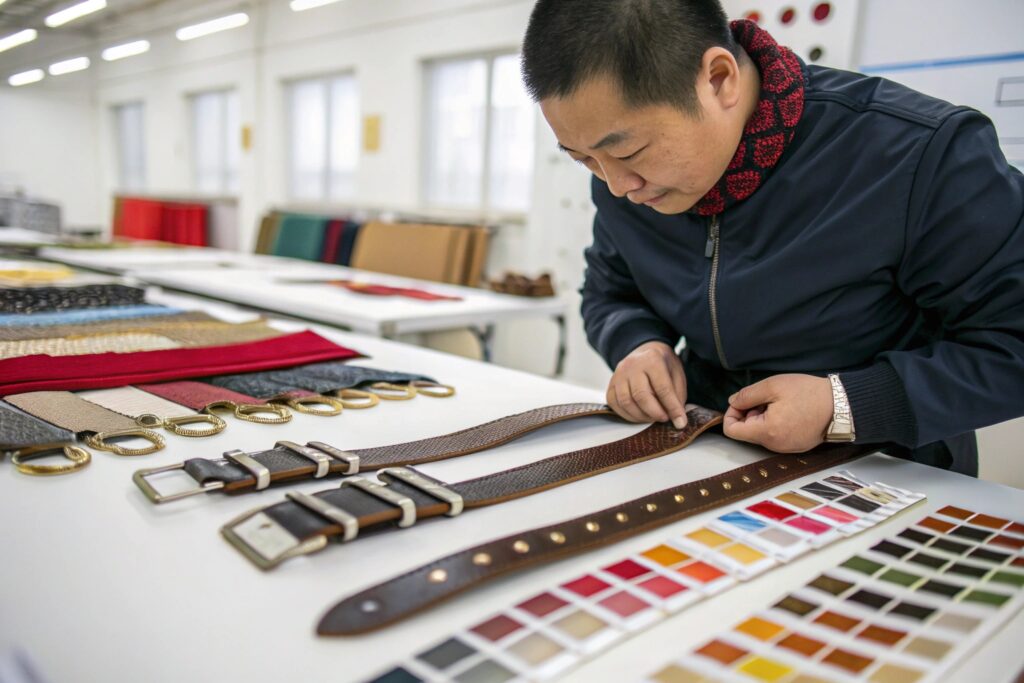
How does a pre-production inspection reduce risks and delays by validating materials and understanding the client’s design expectation early on?
A pre-production inspection happens before mass production starts. It checks raw materials, trims, and components to ensure they meet required standards. This stage prevents delays from poor sourcing and makes sure design specs are understood. For example, in our factory, we often inspect fabric colors, label placements, and any seasonal material needs before even one headband is sewn.
The table below breaks down common checkpoints:
| Checkpoint | Purpose | Timing |
|---|---|---|
| Raw material quality | Avoid defects from start | Before production |
| Tech pack confirmation | Ensure design matches expectation | Pre-production |
| Sample verification | Match product to buyer specs | Before mass cutting |
Many small brands skip this step, but I always encourage our clients to include it. It’s low-cost insurance for peace of mind.
Why is during production inspection essential for identifying issues early, especially when large quantities are already in process?
This mid-way check, also known as "DUPRO," is performed when 20%-80% of goods are completed. It allows you to catch errors like stitching issues or packaging mislabels before they affect the full batch. In our scarf line, for example, if we catch a needle tension issue on one machine, we can stop and adjust all machines instantly, avoiding hundreds of faulty scarves.
Our project managers also provide photo reports at this stage. This way, our buyers don’t need to fly over—we bring the inspection to them.
What are the 4 methods used in quality control in production?
Even with skilled workers and good materials, you need reliable ways to check if the quality stays on track.
The four major methods used in quality control are: Statistical Process Control (SPC), Six Sigma, Total Quality Management (TQM), and Lean Manufacturing. Each one gives a different lens to control and improve quality.

How does Statistical Process Control help track variations and maintain consistency across all batches on the production line?
SPC uses real-time data from the production line to spot trends. For example, if one operator’s hair clip assemblies show rising defect rates, we’ll know within hours—not weeks. We use line charts and control limits in our workshops. If variation exceeds a limit, our QC team steps in right away.
SPC is also helpful when scaling production quickly. When we shift from 10,000 to 100,000 units for a holiday order, the data helps our team keep control.
Why is Lean Manufacturing suitable for fast-paced accessory production where waste reduction is vital to meet tight delivery schedules?
Lean Manufacturing eliminates waste—wasted time, materials, and energy. For us, that means trimming downtime between sewing stages or reducing excessive packaging. We streamlined our hat stitching process by rearranging machines and reducing walking distance for operators. This small change increased hourly output by 20%.
We also use Lean ideas to manage seasonal rushes. During Black Friday prep, we redesign workstation layouts to minimize delays. This way, we hit tight deadlines without compromising quality.
What are the three stages of inspection during production process?
Most quality inspection problems come from doing too little, too late. That’s why timing matters.
The three main stages of inspection are: initial (pre-production), in-line (during production), and final (post-production). These checkpoints cover the entire process from raw material to packing.
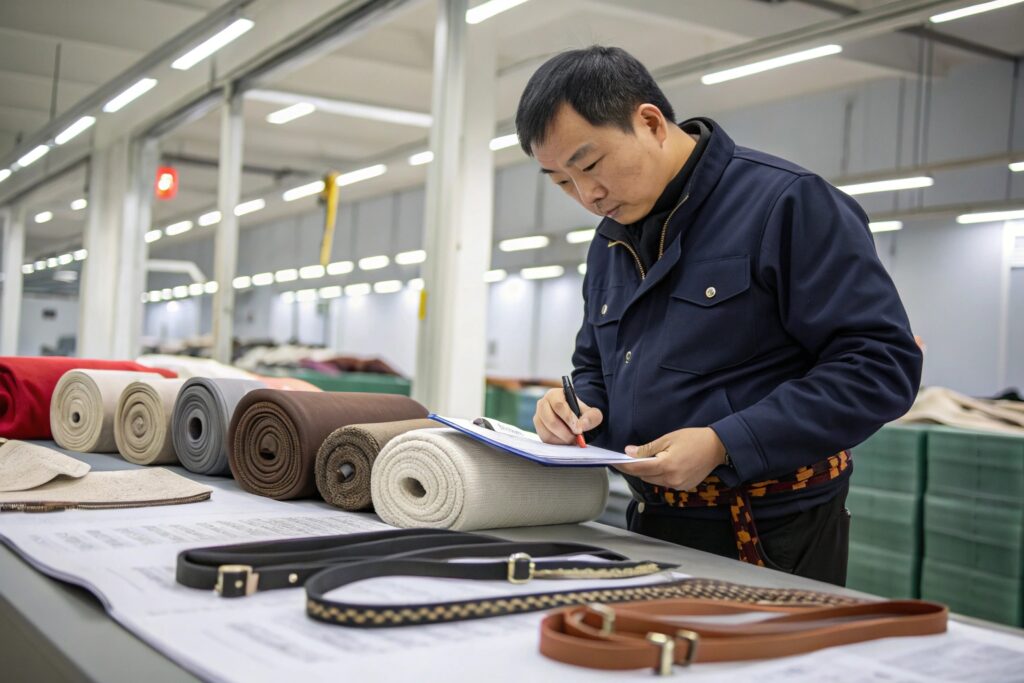
Why does the initial inspection matter when preventing raw material failures that could affect the entire batch?
This first stage, also called incoming inspection, checks all incoming components. For instance, when our factory receives a new batch of fabric or imported buckles, our QC staff measures, weighs, and reviews samples before storing. If anything looks off—even slight color bleeding—we send it back.
We also check for proper documentation, such as SGS or OEKO-TEX certifications, depending on the client’s country.
We learned this the hard way years ago when a supplier delivered zippers that looked fine but rusted after humidity exposure. Ever since, every zipper we use goes through a moisture resistance test.
What makes final inspection the last safety net before shipping and how does it protect your brand reputation?
The final inspection happens when production is 100% complete and packed. Our team checks random samples based on AQL standards. We look for visual defects, count errors, and packaging problems.
In one order for a U.S. retail chain, we caught a printing smudge on 5% of scarves just before shipment. We replaced them and shipped the correct units on time—without the buyer even noticing. That’s the power of a reliable final inspection.
Clients receive a detailed report with photos and checklists. This helps them approve shipments quickly, avoiding unnecessary warehouse storage or missed shelf dates.
How do you ensure quality in production process?
Many people think inspections alone guarantee good products. But real quality control starts before the first cut and continues even after the last box is sealed.
To ensure quality during production, combine proactive planning, skilled staff, in-process inspections, and transparent reporting. It’s a team effort from development to delivery.
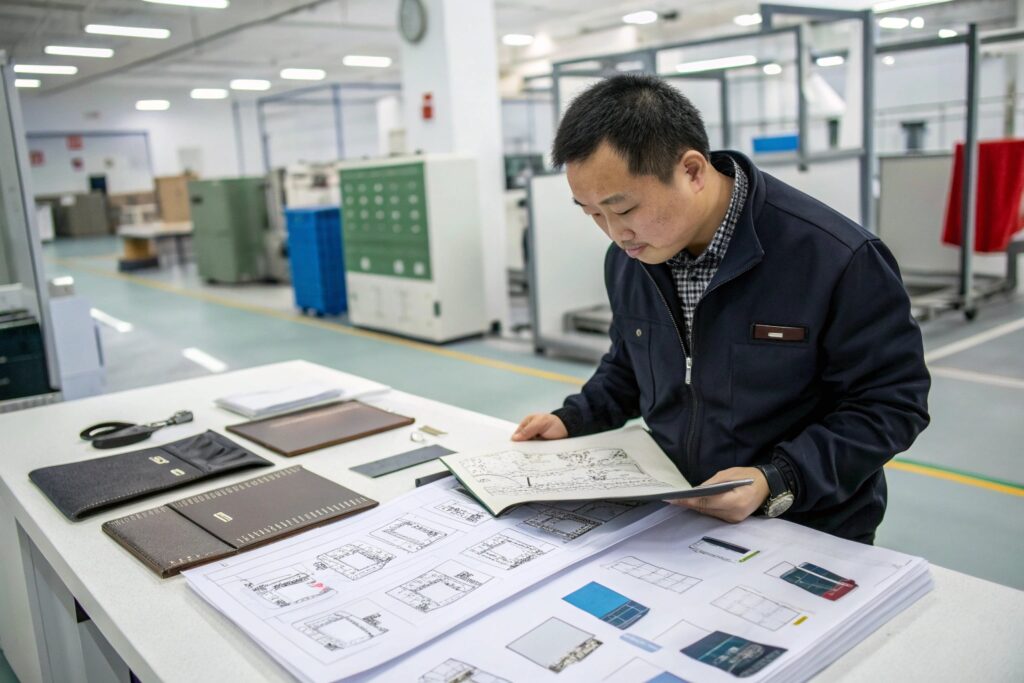
How does effective communication with clients help reduce misunderstandings and ensure every product detail matches the original idea?
Quality begins at onboarding. When a client sends us a new order for custom hats or hair clips, our project manager reviews every detail: target market, seasonal trends, materials, size specs. We make sure the tech pack is complete and clarify anything ambiguous.
A single unclear sketch can lead to big problems down the line. That’s why we require 3D samples or virtual confirmations for new styles. This step, often skipped by smaller suppliers, helps us align faster and avoid miscommunication.
We also document all discussions in our system, so if the client changes a label or logo, our team knows right away.
How do well-trained teams and structured quality reporting reduce defect rates while keeping production efficient and smooth?
Even the best machines can’t save a poorly organized team. Our factory has dedicated departments for cutting, stitching, assembling, and packing. Each has a team leader who tracks daily output and quality levels.
We run weekly training on topics like:
- Safe needle handling for hair clip assembly
- Consistent folding for shawls
- Waterproofing tests for umbrellas
Here's a snapshot of how our teams operate:
| Department | Leader | Daily QC Reports? | Corrective Action Time |
|---|---|---|---|
| Cutting | Lily Chen | Yes | Under 30 min |
| Stitching | Zhang Wei | Yes | Immediate |
| Packing | Annie Zhou | Yes | Same day |
Every team has access to performance dashboards. If someone’s defect rate spikes, they get support—not blame.
Conclusion
Quality inspection is more than a checklist—it's the heartbeat of a successful production run. From clear planning to final packing, we treat every step as an opportunity to build trust and deliver value.

